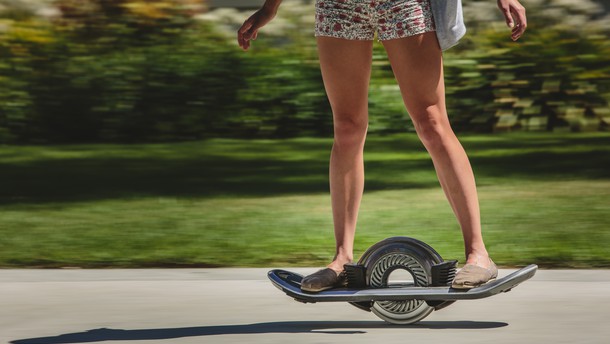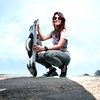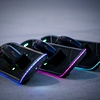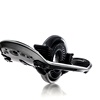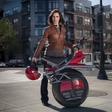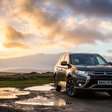
I love surfing. And Robert Bigler, Serial Entrepreneur and Inventor, shares my passion. But he did something I didn't. I stayed in the water, while he decided to bring surfing to land - he invented Hoverboard.
The 12 kg (25 lbs) Hoverboard has a single, electrically motorized, 10" diameter wheel in the center of its deck. The narrow wheel is computer-controlled and driven by as much as 5,000 watts of power to keep the rider balanced while also producing acceleration on-demand, says inventor.
How do you control it? When driver leans forward, it causes the Hoverboard to accelerate, and when he leans back, it decelerates or goes in the other direction. There is no steering wheel or anything to hold on to or control it with.
Battery can deliver over 10 miles (16 km) in range and the maximum speed is estimated at 16 mph (over 25 kmh). When you run out of battery, you can supercharge it in 16 minutes. If you do not have a supercharger, you will have to wait for one hour to see it fully charged. But that's not so bad either, is it?
The Hoverboard is equipped with on-board lighting, speakers, ground-detecting sonar to keep the Hoverboard parallel to the changing ground, and LCD displays for active parameter monitoring while riding.
The Hoverboard with its 4,375 $ pricetag (retail price known in 2017) is targeting the higher-end consumer market. Bigler explains, "I didn't want to approach the first real Hoverboard from the standpoint of making it a price-product. I spared no expense to make it fully, everything today's technology could possibly provide."
